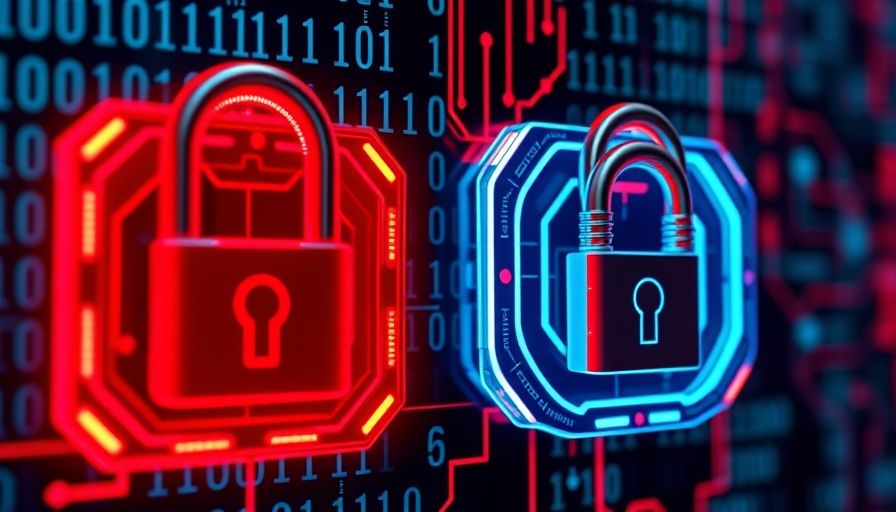
The Growing Concern Over Internet Safety for Kids
With the release of Netflix's hit series Adolescence, a troubling undercurrent regarding children's online safety has surged to the forefront of parents' concerns. As children find themselves spending increasing amounts of time online, the potential risks associated with their digital presence have rightly captured the attention of guardians, educators, and child safety experts alike.
Understanding the Rise in Emoji Searches
In the wake of the show, Google searches for "emoji meanings" have skyrocketed, with parents scrambling to decode the seemingly innocuous symbols that have taken over their children's messaging platforms. Emojis, which once served as playful expressions, now carry multilayered meanings that parents may not fully understand. This heightened interest in digital language emphasizes the necessity for parents to engage more profoundly with their children's online activities.
Expert Insights on Online Safety
Mary-Ann Round, a safeguarding expert from Virtual College by Netex, warns that the internet isn't just a benign playground for kids. "The perception that online actions lack tangible consequences is dangerously misleading," she explains. Children are particularly vulnerable to bullying and predation from individuals who exploit anonymity online.
Round advocates for parents to educate their children about internet dangers actively. Creating an open dialogue can empower children to navigate online spaces safely, making them aware of potential threats while also enabling them to report uncomfortable experiences without fear of judgment.
Implementing Parental Controls
To bolster online safety, parents are encouraged to utilize parental control tools available through Internet Service Providers (ISPs). According to Round, these tools can help restrict children’s access to unsuitable content, ensuring a safer online experience. Many devices also offer built-in options to manage what kids can see and do, forming a first line of defense against inappropriate material.
Parental control software varies widely in functionality and price. From settings that filter explicit content to applications that allow for time management and screen time limits, parents have a range of options to tailor their approach to their family's needs.
Creating Safe Online Habits: Practical Steps for Parents
Mary-Ann Round lists essential guidelines that parents should consider implementing for a safer online environment. Here are some practical steps:
- Educate Yourself: Stay informed about the platforms your child frequents and the nature of their communications.
- Set Ground Rules: Establish clear internet usage guidelines that everyone in the household follows.
- Encourage Open Communication: Foster an environment where your children can share their online experiences without fear of reprimand.
- Check-In Regularly: Make it a habit to discuss and review your child's online activities and ensure they feel comfortable coming forward with concerns.
The Challenges of Digital Parenting
As guardians, navigating the complexities of digital interactions can be daunting. The challenge of understanding emojis, social dynamics in chat rooms, or the implications of social media interactions are real concerns that can leave parents feeling overwhelmed. Nonetheless, staying engaged and informed is crucial for protecting children's online experiences.
Final Thoughts: The Role of Parents in Online Safety
In today's digital landscape, parents must not only focus on shielding their children from online dangers but also equip them with the tools necessary for safe internet navigation. Fostering awareness, communication, and the strategic use of technology like parental controls can significantly reduce risks.
As Netflix's Adolescence sparks important conversations around these topics, parents are urged to take proactive steps in understanding their children's online lives.
 Add Row
Add Row  Add
Add 




 Add Row
Add Row  Add
Add 

Write A Comment